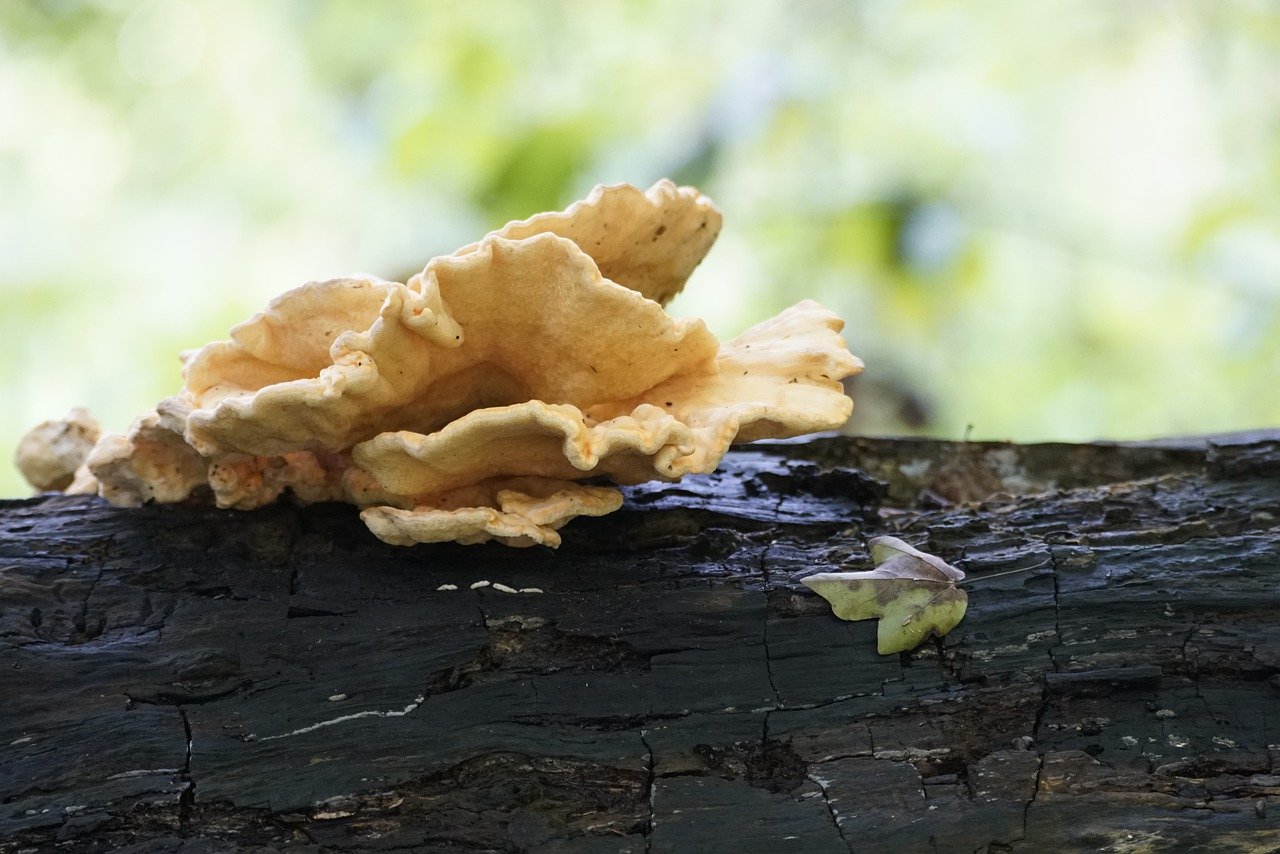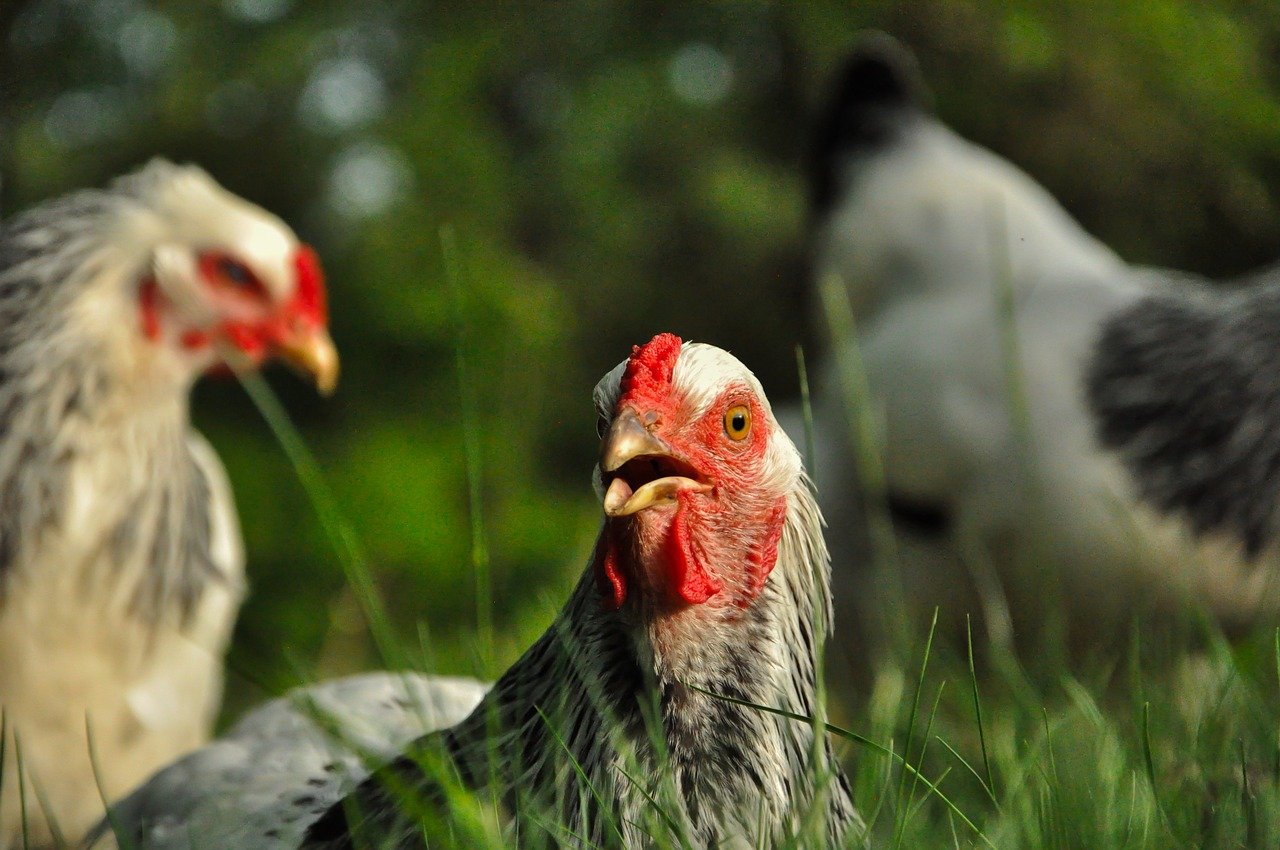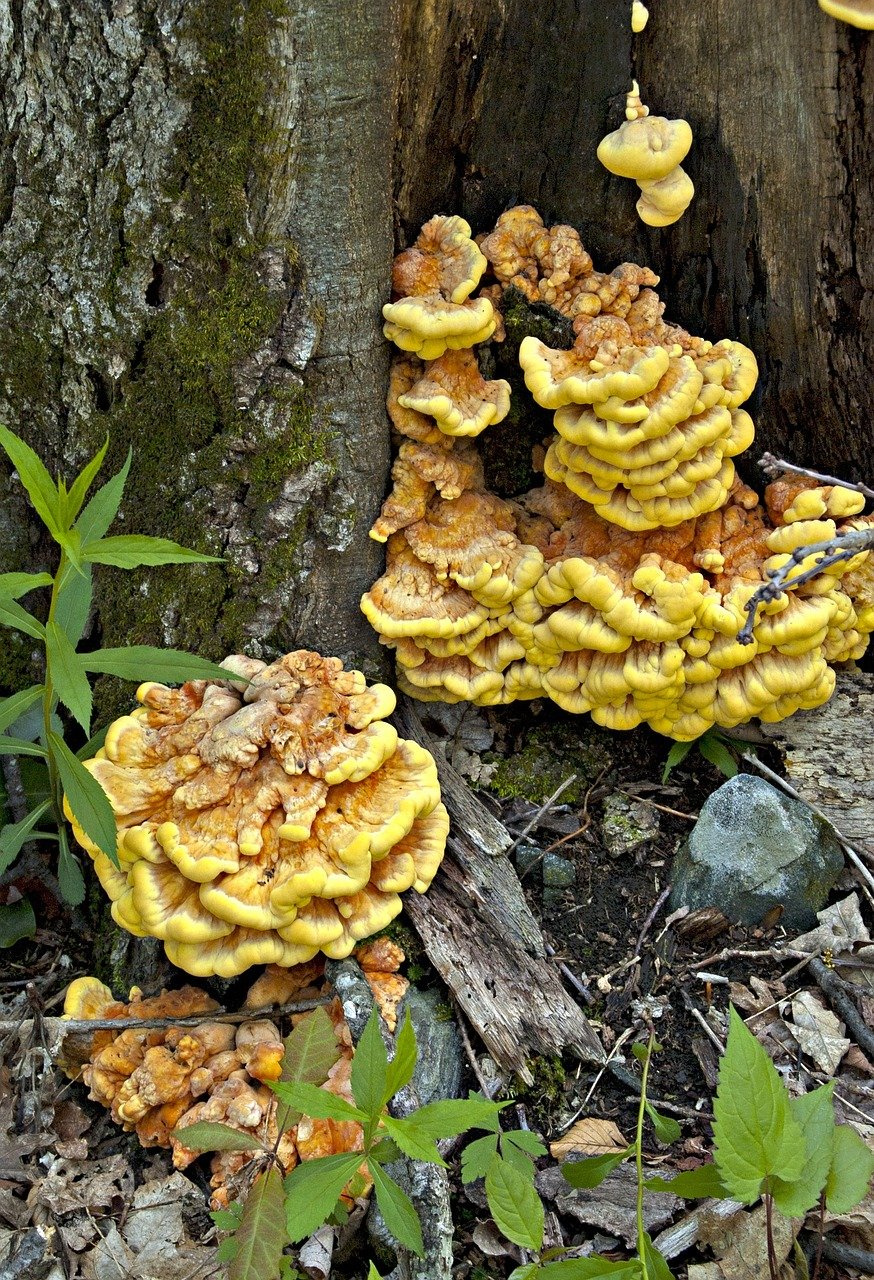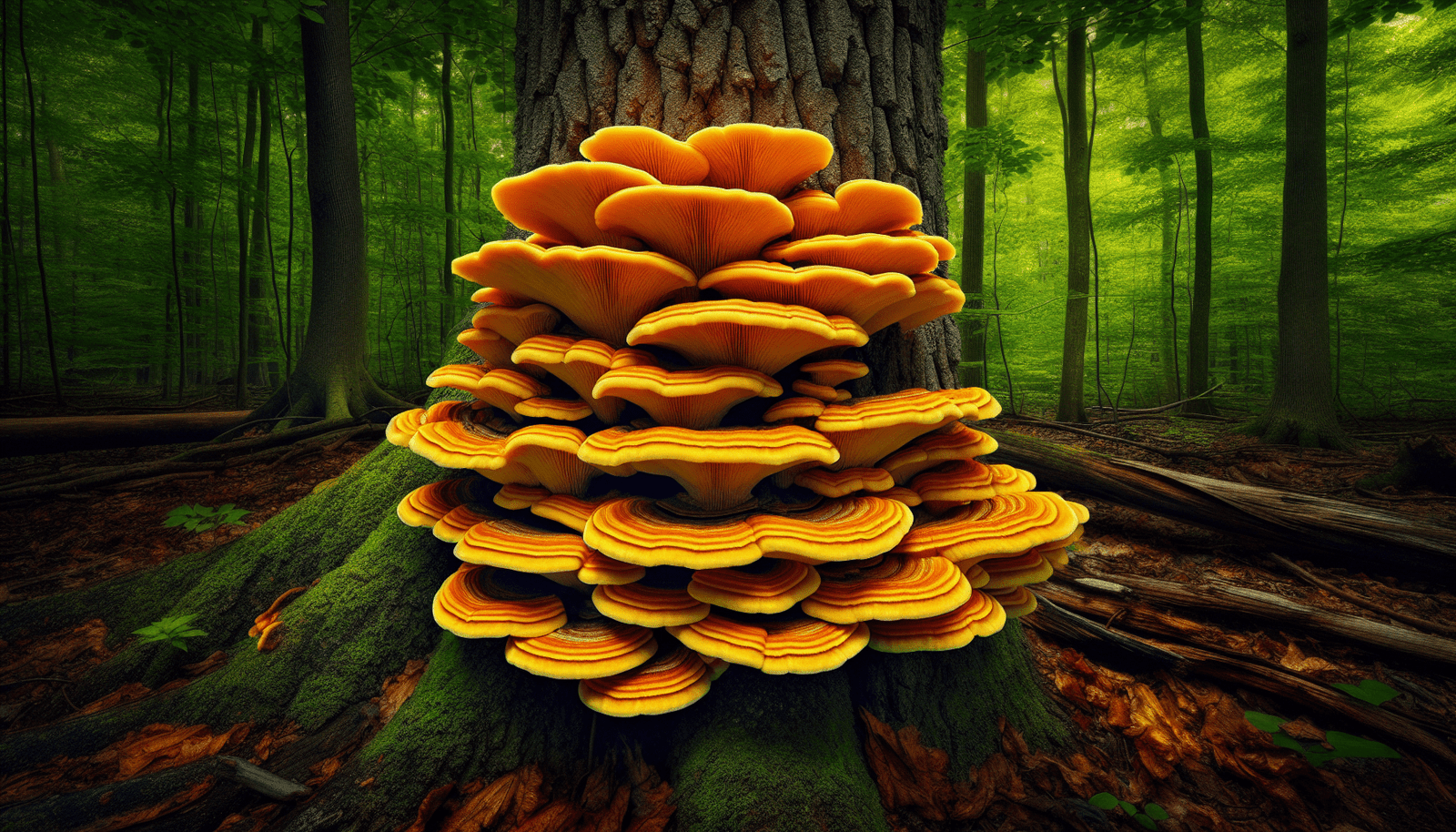Have you ever stumbled across a strikingly colorful mushroom while hiking through a forest and wondered what it was? That captivating find might have been Laetiporus sulphureus, also endearingly known as the “Chicken of the Woods.” This intriguing fungus not only catches the eye with its vibrant colors but also has a fascinating world of characteristics, culinary uses, and ecological significance.
What is Laetiporus Sulphureus?
Laetiporus sulphureus is a unique species of bracket fungus belonging to the Polyporaceae family. Its name “Laetiporus” is derived from Latin, meaning “bright” or “cheerful,” a fitting description for a fungus with such vibrant hues. Found predominantly in North America and Europe, this fungus is well-known among both mycologists (scientists who study fungi) and edible mushroom enthusiasts.
Identification
Identifying Laetiporus sulphureus is relatively straightforward due to its distinct appearance. It typically grows in large, shelf-like clusters on the trunks of living trees, dead trees, or logs.
Characteristics:
| Feature | Description |
|---|---|
| Color | Bright yellow to orange, sometimes with a reddish tinge |
| Shape | Fan-shaped or lobed, forming overlapping shelves |
| Texture | Smooth when young, becoming more rigid and brittle with age |
| Size | Can grow up to 24 inches (60 cm) across and 4 inches (10 cm) thick |
| Pores | Small and white on the undersurface, used for spore production |
Being aware of these traits can help you clearly distinguish Laetiporus sulphureus from other similar-looking fungi.
Habitat
Laetiporus sulphureus can be found in both deciduous and coniferous forests. It prefers growing on hardwood trees like oak, chestnut, and willow, although it can occasionally be found on conifers. The fungus plays a vital role in the ecosystem by decomposing wood, which helps recycle nutrients back into the soil.
The Lifecycle of Laetiporus Sulphureus
Understanding the lifecycle of Laetiporus sulphureus provides insight into its growth patterns and ecological importance. The lifecycle includes several key stages:
-
Spore Release and Germination: Like all fungi, Laetiporus sulphureus begins its life as spores, which are released from the pores on the underside of mature fruiting bodies. These spores are carried away by the wind and, under favorable conditions, land on suitable substrates (like tree trunks or logs).
-
Mycelium Development: Once a spore lands on a suitable substrate, it germinates to form mycelium, a network of thread-like structures called hyphae. The mycelium infiltrates the substrate, breaking down complex organic materials into simpler compounds that the fungus can absorb as nutrients.
-
Fruiting Body Formation: When conditions are right, usually in late spring to early fall, the mycelium produces fruiting bodies, the visible “mushrooms” that feature the bright colors characteristic of Laetiporus sulphureus. These fruiting bodies will grow larger over several weeks.
-
Decomposition and Nutrient Recycling: The fruiting bodies eventually release spores for the next generation and then decay, contributing to the nutrient cycle in the ecosystem.

Edibility and Culinary Uses
One of the reasons Laetiporus sulphureus is so popular is because of its culinary uses. Often referred to as “Chicken of the Woods,” it is highly prized among foragers for its unique flavor and texture.
Taste and Texture
The name “Chicken of the Woods” is no misnomer; this fungus is known for its chicken-like texture and taste, making it a popular meat substitute in vegan and vegetarian dishes. Younger specimens are typically the most desirable for eating, as they are tender and flavorful.
Preparation and Cooking
To prepare Laetiporus sulphureus, first clean it thoroughly to remove any debris. It is often best to cook the mushroom before eating, as this can help to eliminate any potential toxins and make it easier to digest. Typical cooking methods include:
- Sautéing: This method brings out the best in the mushroom’s flavor and texture.
- Frying: Works well for a crispy texture that complements its chicken-like qualities.
- Stewing: Adds depth to soups and stews, making them rich and hearty.
Popular Recipes:
| Dish | Description |
|---|---|
| Chicken of the Woods Tacos | Sauté the mushroom with onions, peppers, and spices for a delicious taco filling. |
| Fried Fungi Nuggets | Bread and fry pieces of the mushroom for a crunchy delight. |
| Creamy Mushroom Soup | Use laetiporus sulphureus as a base for a creamy, rich soup. |
Though generally safe to eat, it’s always recommended to consult a knowledgeable forager or mycologist to ensure proper identification and to cook the mushroom thoroughly before consuming.
Medicinal Properties
Beyond its culinary appeal, Laetiporus sulphureus has been the focus of various studies exploring its potential medicinal properties. While research is still ongoing, some promising findings suggest potential health benefits:
Antioxidant Properties
Laetiporus sulphureus contains compounds that exhibit antioxidant activity. Antioxidants help neutralize free radicals, which can damage cells and contribute to aging and diseases like cancer. Consuming foods rich in antioxidants could thus offer protective health benefits.
Antimicrobial Properties
Some studies have indicated that extracts from Laetiporus sulphureus possess antimicrobial activity. This means that they could potentially inhibit the growth of harmful bacteria and fungi.
Immunomodulatory Effects
Research also suggests that Laetiporus sulphureus may have immunomodulatory properties. This means that it might help in modulating or regulating the immune system, which could be beneficial for conditions where the immune system is either underactive or overactive.
While these findings are promising, it’s important to note that more extensive clinical trials are needed to confirm these potential benefits.

Ecological Role
Laetiporus sulphureus plays a crucial role in forest ecosystems. As a saprotrophic fungus, it decomposes dead wood, helping to recycle nutrients and foster soil health. This process enriches the soil, making it more fertile for other plants and microorganisms.
Decomposers in Ecosystems
Decomposers like Laetiporus sulphureus are integral to nutrient cycling. They break down complex organic materials into simpler compounds that plants and other organisms can absorb and use.
Symbiotic Relationships
While primarily saprotrophic, Laetiporus sulphureus can sometimes participate in more complex ecological relationships. For example, it can exist in a parasitic form on living trees, although this is less common.
Impact on Tree Health
In its parasitic form, Laetiporus sulphureus can cause heart rot in trees, a condition where the heartwood deteriorates. While this poses a threat to individual trees, it also creates habitats for various species that rely on decaying wood, thus contributing to biodiversity.
How to Harvest Laetiporus Sulphureus
If you’re a forager interested in harvesting Laetiporus sulphureus, it’s crucial to know the best practices for collection and sustainable harvesting.
Identifying the Right Time
The optimal time to harvest Laetiporus sulphureus is during its growing season, from late spring to early fall. Younger mushrooms are generally more tender and flavorful.
Tools and Equipment
- Knife: A sharp knife is essential for cutting through the tough, woody base of the fungus.
- Basket or Bag: Use a breathable container to collect your mushrooms, allowing any spores to disperse as you move through the forest.
Sustainable Harvesting
Guidelines:
| Principle | Description |
|---|---|
| Selective Picking | Only harvest mature specimens and leave enough to ensure spore dispersal. |
| Leave Some Behind | Avoid overharvesting to enable continuous ecological roles and future growth. |
| Respect Wildlife | Be mindful of the natural inhabitants and avoid disturbing their environment. |
By following these guidelines, you can enjoy the bounty of Laetiporus sulphureus while ensuring its sustainability for future foragers and ecosystems.

Potential Risks and Precautions
Despite its popularity, Laetiporus sulphureus is not without risks. Here are some important precautions to consider:
Allergic Reactions
Some individuals might experience allergic reactions to Laetiporus sulphureus, such as stomach upset or skin rashes. If you’re trying it for the first time, start with a small amount to gauge your tolerance.
Toxins and Misidentification
While Laetiporus sulphureus is generally considered safe, it’s crucial to avoid misidentifying it with toxic look-alikes. Consulting an expert for proper identification is always a good strategy.
Medical Conditions
People with specific medical conditions or those on certain medications should consult their healthcare provider before consuming Laetiporus sulphureus, as it can interact with some medications or exacerbate conditions.
Conservation Efforts
Given its ecological importance and popularity among foragers, conservation efforts for Laetiporus sulphureus are essential.
Habitat Preservation
Preserving the natural habitats where Laetiporus sulphureus thrives is crucial. Efforts to maintain forest ecosystems not only benefit this fungus but also support overall biodiversity.
Responsible Harvesting
Promoting responsible harvesting practices ensures that Laetiporus sulphureus populations remain sustainable. Education programs and community initiatives can play a role in spreading awareness.
Research and Monitoring
Ongoing research and monitoring can help track the health and distribution of Laetiporus sulphureus populations. This data can inform conservation strategies and ensure this fascinating fungus continues to flourish.

Fun Facts about Laetiporus Sulphureus
To wrap things up, here are some fun and interesting facts about Laetiporus sulphureus that highlight its unique place in the world of fungi.
- Color Changes: As Laetiporus sulphureus ages, its vibrant colors can fade to white or pale yellow.
- Nicknames: Besides “Chicken of the Woods,” it’s also sometimes called “Sulphur Shelf” due to its shelf-like appearance and sulfur-yellow color.
- Historical Uses: Indigenous peoples have used Laetiporus sulphureus for both food and medicinal purposes for centuries.
Whether you’re a seasoned forager, a budding mycologist, or simply someone intrigued by the incredible diversity of the natural world, Laetiporus sulphureus offers a fascinating glimpse into the complex interplay of organisms within ecosystems. Its striking appearance, delectable culinary potential, and crucial ecological role make it a true marvel of nature.
Thank you for joining this detailed exploration of Laetiporus sulphureus. Next time you venture into the woods, keep an eye out for this vibrant fungus and appreciate the rich, interconnected web of life it represents.
